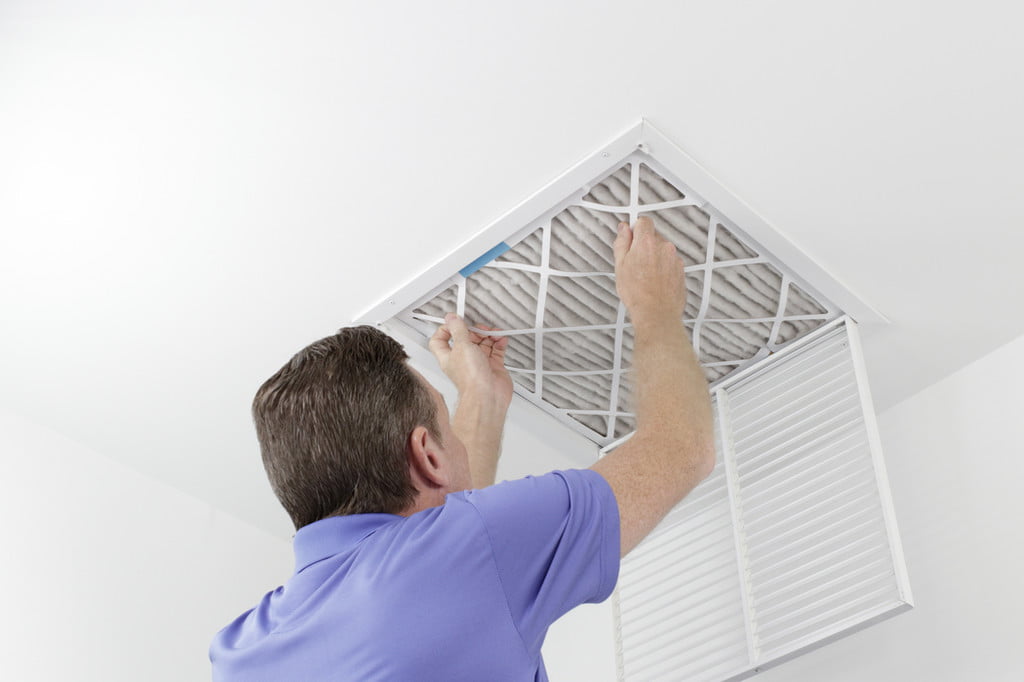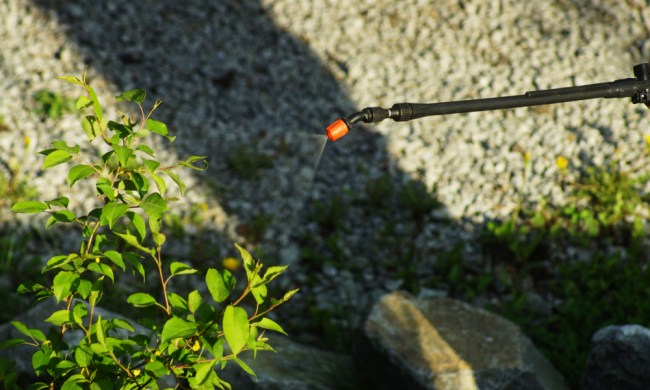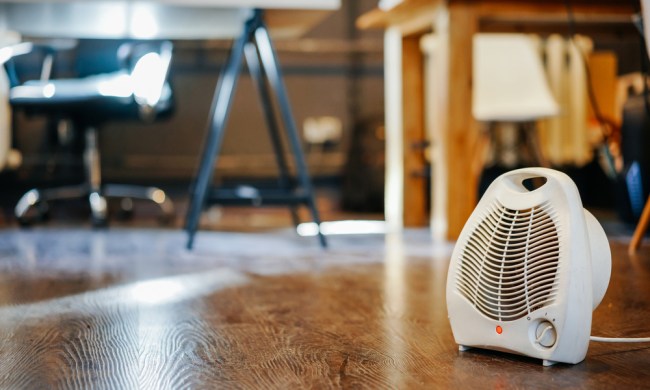Heating your home can be a challenge, particularly in older houses that have poor insulation. Heating costs can easily be among your highest monthly bills if you have a larger home, so it’s important to ensure your heating system’s efficiency. While central heating systems tend to be the most popular in newer homes, the baseboard heat system has made significant leaps in recent years, making it difficult to decide which of these contenders is the best for your home. We’re going to review some of the benefits and downfalls of each of these heating systems so you can decide once and for all which is best for your budget—baseboard or central heating.

Baseboard heating
Baseboard heaters operate either with electricity or with radiant heat, which uses a boiler to heat water. The units are placed on either the baseboard or under the floor of each room in your home. Let’s discuss some of the good and not-so-good qualities of baseboard heating.
Only heats and doesn’t cool your home
Baseboard heating systems only provide heat, so they only operate during cooler seasons. If you live in a region where summers tend to be very hot, you will need a separate solution for cooling your home. This can be a significant additional cost if you have a large home, as you would need to install air conditioning units in any room you need to be cooled. If you live in a smaller home like a condo or apartment, you would need fewer air conditioning units, so a baseboard heating system may be more economical.
Superior energy efficiency
A baseboard heating system tends to use less energy to heat the average home than other options. One way it accomplishes efficiency is that it distributes heat more evenly throughout any given room. Since the unit is on the baseboard, heat is expelled near the floor and naturally rises to warm the rest of the room. Additionally, homes with baseboard heating units are typically equipped with thermostats in every room. This means you can lower the heat in rooms used less frequently and save on energy costs.
Budget-friendly installation
Installing a baseboard heating system tends to be a less expensive and less invasive process for your home. While other systems require intensive updates in your home to allow for ductwork and vents, baseboard heaters are easily installed in each room or under the flooring. Since it takes less time and effort, the overall cost of the installation is much lower.

Central heating
Central heating systems use either gas or electric components to heat air and distribute it throughout your home. The warmed air is transferred through a series of ducts and then expelled into each room of your home through vents. This type of heating system does have some benefits, but as expected, it also has some downfalls. Let’s take a look at both.
Heats and cools your home
If you live in a region where winters are freezing and summers are smoldering, a central heating system has some great benefits. It can heat your home during the winter and also cool your home in the summer. This is supremely beneficial to your pocketbook, particularly if you live in a larger home since you will not need to purchase additional cooling equipment like air conditioning units.
Poor energy efficiency
The biggest downfall to central heating systems is that they tend to be less energy efficient. Since the heated air needs to travel through ductwork and vents, heat has more opportunities to escape, and the air naturally cools before reaching its destination. Heat is distributed unevenly throughout a room, so the system needs to work harder to get the whole room to the desired temperature. Additionally, with a central heating system, there is typically only one thermostat to control the system, so you cannot customize the level of heat being distributed in a particular room.
Costly installation
With all those ducts and vents needing to be installed in your walls and throughout your home, the cost of installing a central heating system can be a big expense and will likely require the use of a professional heating company. In addition to the initial installation costs, central heating systems are known to require more frequent regular maintenance than their baseboard counterparts since there are more elements to the system that can malfunction.
Choosing the right heating system for your home and budget comes down to a few different considerations. The biggest factor is the size of your home. Heating a larger or newer home is often easier to do with a central heating system, and it has the added benefit of doubling as a cooling system. With smaller homes, however, a baseboard heating system is much more economical. Whichever heating system you decide on, rest easy knowing your family will be toasty warm when the weather outside is frightful.



